“With this vial, we could potentially feed the entire planet”
We could soon be growing burgers and steaks in the lab - without the need to harm a single animal
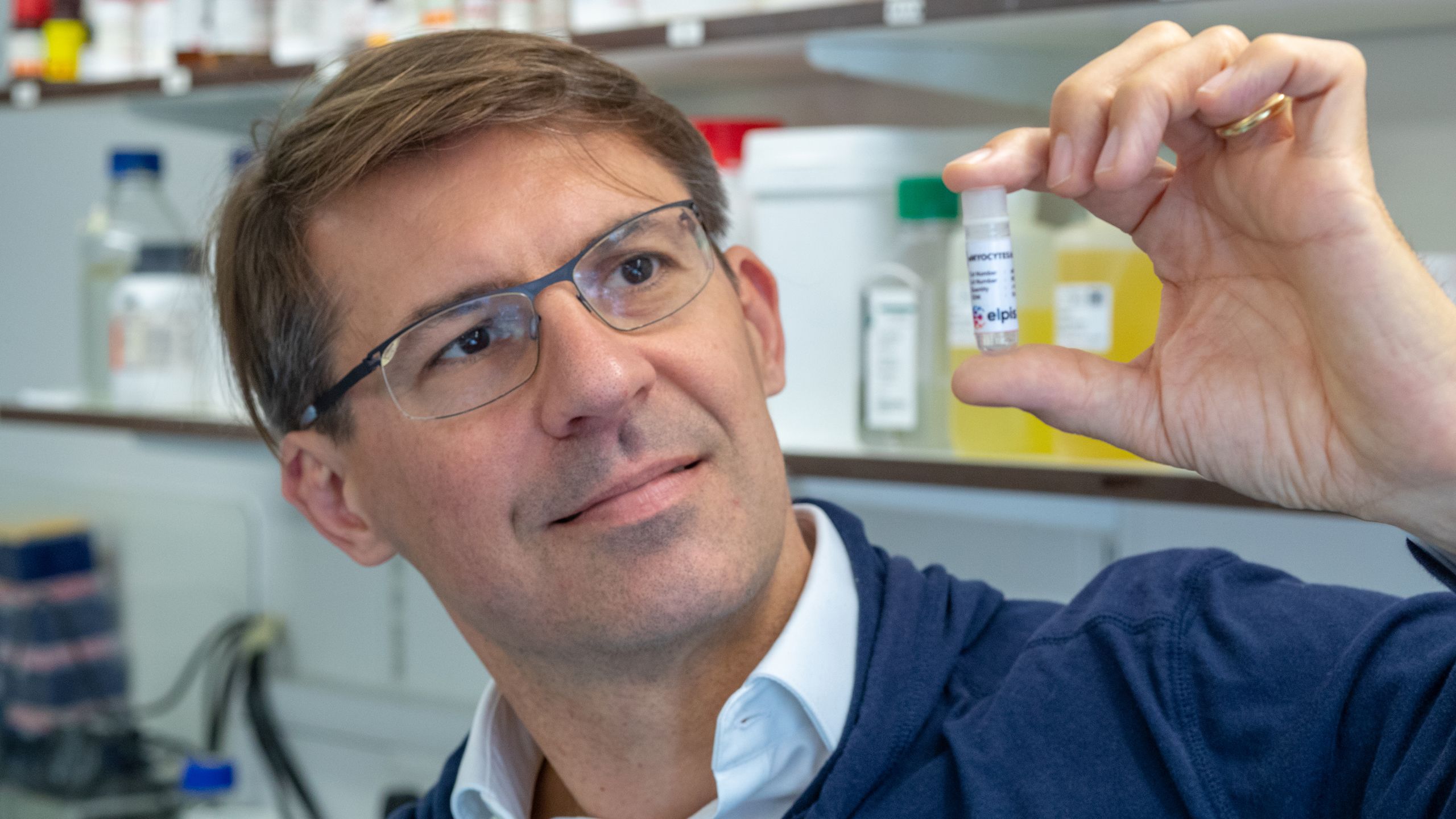
Would you eat a burger that had been grown in a lab? It may not be long before this is a choice at your local supermarket. Given the environmental cost of rearing cattle for meat, this is a development that cannot come soon enough.
Today on the menu at the Clinical School are two burgers: bacon cheeseburger and falafel chickpea burger. I opt for the latter, conscious that I ought to choose the vegetarian option, for today at least.
I have just come from a meeting with Dr Mark Kotter in the Department of Clinical Neurosciences. Although not a vegetarian himself, over the course of our interview he does not hold back when describing the ethical impact of eating meat.
“It’s quite brutal, really,” he says. “You raise animals, which are complex organisms, which display behaviour that is in some ways similar to ours, and you just slaughter them in order to eat the muscle tissue. It’s quite barbaric.”
Added to this is the environmental impact of rearing meat. It’s estimated to take 15,000 litres of water to produce one kilogramme of beef (that’s just under a year’s worth of showers). And methane from cattle flatulence is a not-insignificant contributor to greenhouse gases.
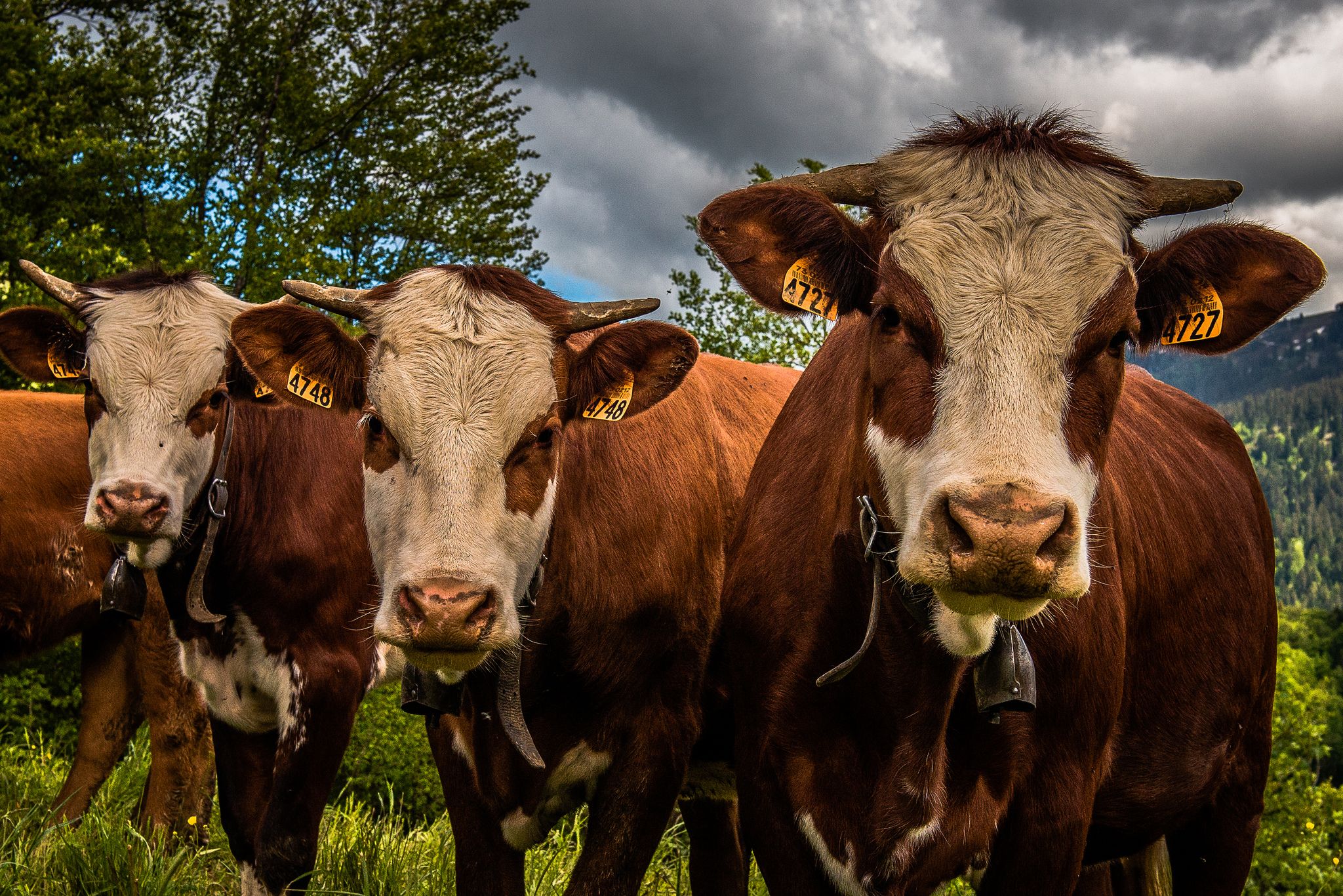
Evidence from public surveys seems to suggest that rates of vegetarianism – and even veganism – are increasing dramatically as people become more aware of the issues around eating meat. Could we soon see an end to our reliance on rearing and slaughtering animals?
It is unlikely that eating meat will ever go out of fashion entirely. Indeed, meat provides important nutrients that are missing in some vegetarian, and certainly vegan, diets and which hence need to be supplemented. A more realistic future is one in which we all become ‘flexitarians’ – people who eat mainly plant-based diets, with occasional meat.
But what if we were able to grow meat in a lab, without having to harm even a single animal?
Surprisingly, this idea goes back much further than you might think. As far back as 1931, future Prime Minister Winston Churchill wrote: “With a greater knowledge of what are called hormones, i.e. the chemical messengers in our blood, it will be possible to control growth. We shall escape the absurdity of growing a whole chicken in order to eat the breast or wing, by growing these parts separately under a suitable medium.”
There are already several companies working towards this goal, but they are all limited by the approach they are taking, says Kotter. They tend to use technology based around cells such as ‘muscle pre-cursor cells’, which only have a limited lifespan and hence regularly need replenishing, as well as animal serum.
“They’re stuck in this loop, where they have a system that works, but they always have to go back to the animal,” he explains.
In March last year, Kotter published a research paper entitled “Inducible and deterministic forward programming of human pluripotent stem cells”. Its relevance to our sustainable food crisis is not obvious – in fact, he himself was interested only in the possible biomedical applications of this technique, which might include studying and treating diseases such as Alzheimer’s, multiple sclerosis and heart disease.
Pluripotent stem cells are the body’s ‘master cells’. They have the potential to turn into almost any tissue cell type in our body. This is a slow process, though – it can take more than three months to transform into a human brain cell. Researchers have been able to speed up this process in the lab, but these techniques still take several weeks and are messy, producing a mixed population of cell types.
Enter Kotter and this team. They found a way to program the cells, switching on a carefully-selected subset of genes in human stem cells, leading to the production of millions of nearly identical cells in a matter of days. They named their new technology OPTi-OX.
Kotter was introduced to Daan Luining, who at the time was working for New Harvest, a not-for-profit institute focused on cellular agriculture. Luining says that he was initially sceptical.
“I thought ‘Well let’s see the data before I believe what you’re saying’. But when I saw it, I couldn’t believe my eyes. It was so nifty. It could break open this entire field.”
Luining went on to create Meatable, a Netherlands-based company carrying out research to culture meat from cells, of which is he now Chief Technical Officer. Kotter, too, is on its board, and his OPTi-OX technology has been licensed to the company through Cambridge Enterprise, the University of Cambridge’s tech-transfer arm (via Kotter’s spin-out company Elpis BioMed).
They aim extract umbilical cord blood after a calf has been born and ‘reprogram’ it back into a so-called ‘induced pluripotent stem cell’, a technique that won Cambridge’s Sir John Gurdon and Professor Shinya Yamanaka from the University of California, San Francisco a Nobel Prize in 2012.
Using OPTi-OX, they will then convert these stem cells into muscle and fat cells.
The potential is enormous, says Kotter. Stem cells are ‘scalable’ – they divide and proliferate, growing exponentially. He holds up a small plastic vial no bigger than his thumb.
“With this vial, we could potentially feed the entire planet,” he says. In fact, in theory just one single stem cell would be enough. No animal need even be harmed – just a tiny pin prick to take the biopsy.
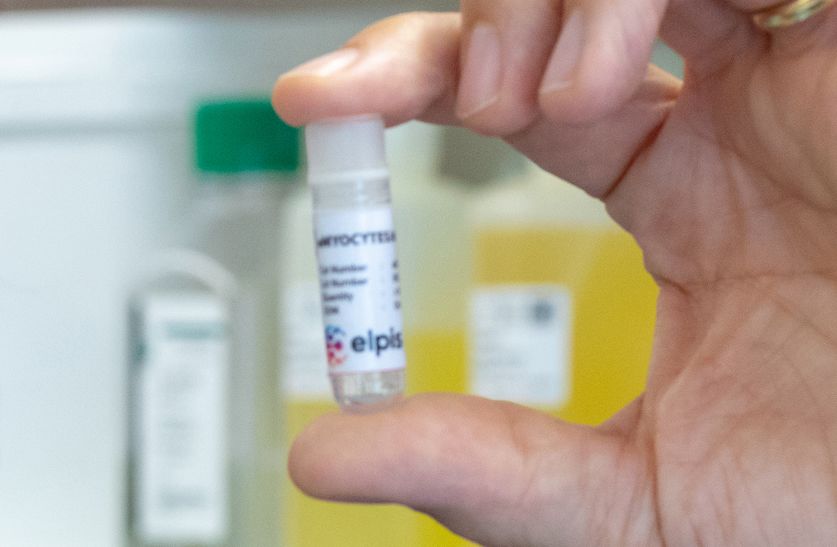
“Once we turn the stem cells into muscle and fat cells, we need to exercise them,” adds Luining. “This is what a natural animal does, it moves around. And if you exercise muscle, it becomes more bulky, so more protein, more nutritional.”
The ‘exercise’ may involve low voltage electric patches that cause the muscle tissue to contract involuntarily, or from stretching and relaxing the tissue mechanically. The key, says Luining, is to mimic as closely as possible, the natural physiology of muscle.
It doesn’t stop there, however. The potential for manipulating the meat products is immense: by feeding the cells different nutrients or by modifying some of the genes, it may be possible to make the meat more nutritious, replacing its saturated fats with healthier fats, for example. And while Meatable is initially focusing on beef products, in time they will likely branch out to other meat products, including pork and lamb, too.
“It’s very ‘science fiction’, isn’t it!” admits Kotter.
But of course, as the saying goes, the proof of the pudding is in the eating.
“We’re 100% confident that our produce will be indistinguishable from the meat products you’ll find on the shelves in your supermarket,” says co-founder and CEO Krijn De Nood.
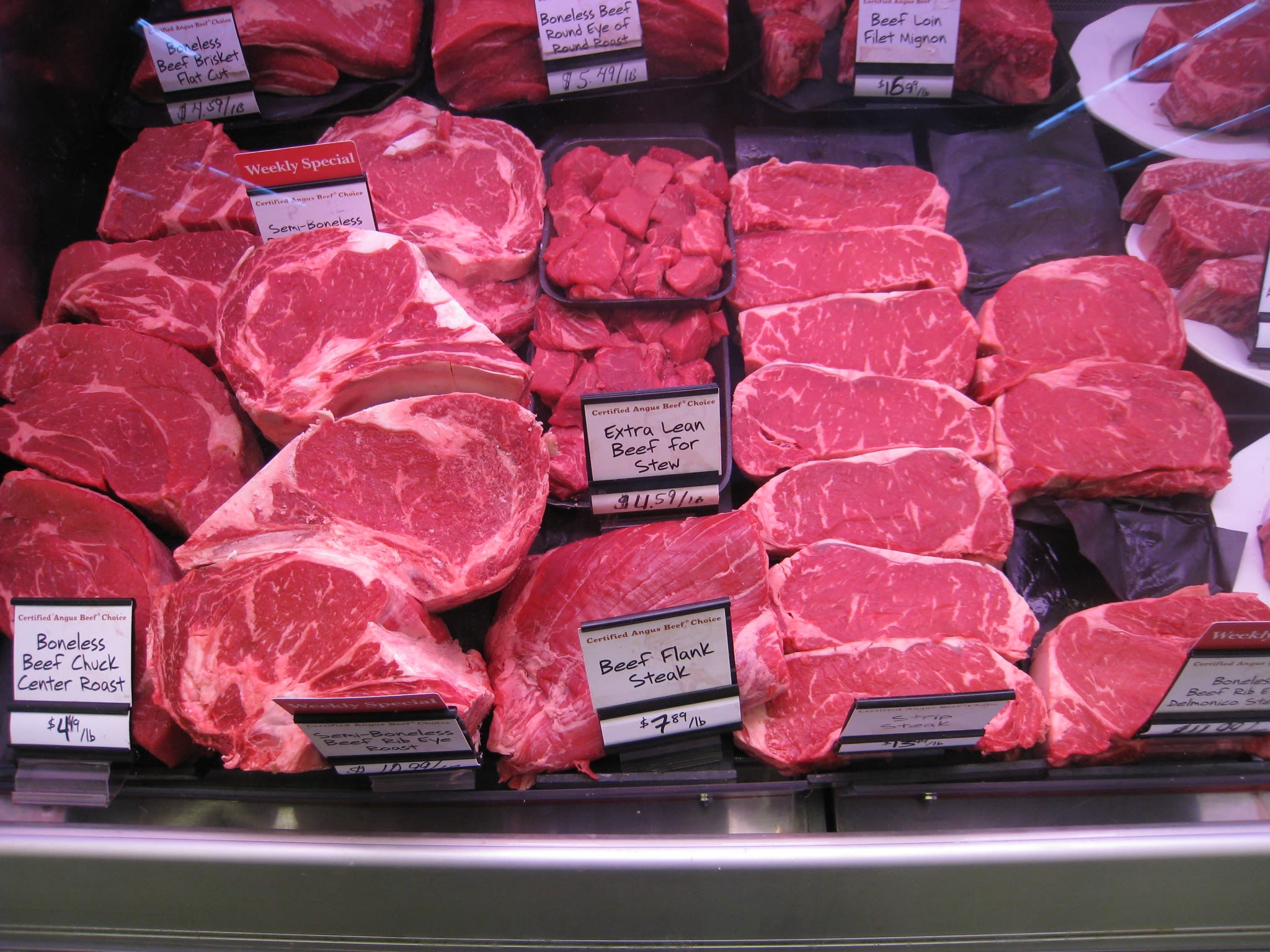
They recognise that there may be initial hesitation among consumers towards eating cultured meat, but they say research into public opinion suggests that people understand why this method of production may be preferable to existing methods.
“Vegetarian friends of mine say they don’t eat meat because they don’t like how the animals are treated,” says Luining. “They say ‘If you can provide me with a product that tastes the same but without harming the animal, then I would eat it’.”
The biggest challenge now is to design the process and scale it up in such a way that it can compete economically with traditional meat production methods. “Meat is just way too cheap when you consider land use, water use, and so on,” says Luining.
Luining and De Nood are confident that before long cultured meat will be a common part of our diet.
“If you ask the question ‘when will 50% of all the meat in Tesco be produced using this method?’, then the answer is probably 10+ years,” says De Nood. But they hope to have their first product available within the next three years.
Before we end our phone call, De Nood turns the interview on me. “I have one final question,” he says. “Would you eat it?”
If it tasted the same, then absolutely, I tell him. I would prefer it, given the environmental and ethical issues we have discussed.
“You’re customer number one!” he laughs.
With an urgent need to develop more sustainable food sources for our planet’s ever-growing population, it is clear that before long cultured meat will likely become science fact. Then, possibly only the ‘cheese’ in the bacon cheeseburger will be an animal product.
Edited: 9 Nov 2018 to correct "They aim to take a skin biopsy from a cow" to "They aim extract umbilical cord blood after a calf has been born".
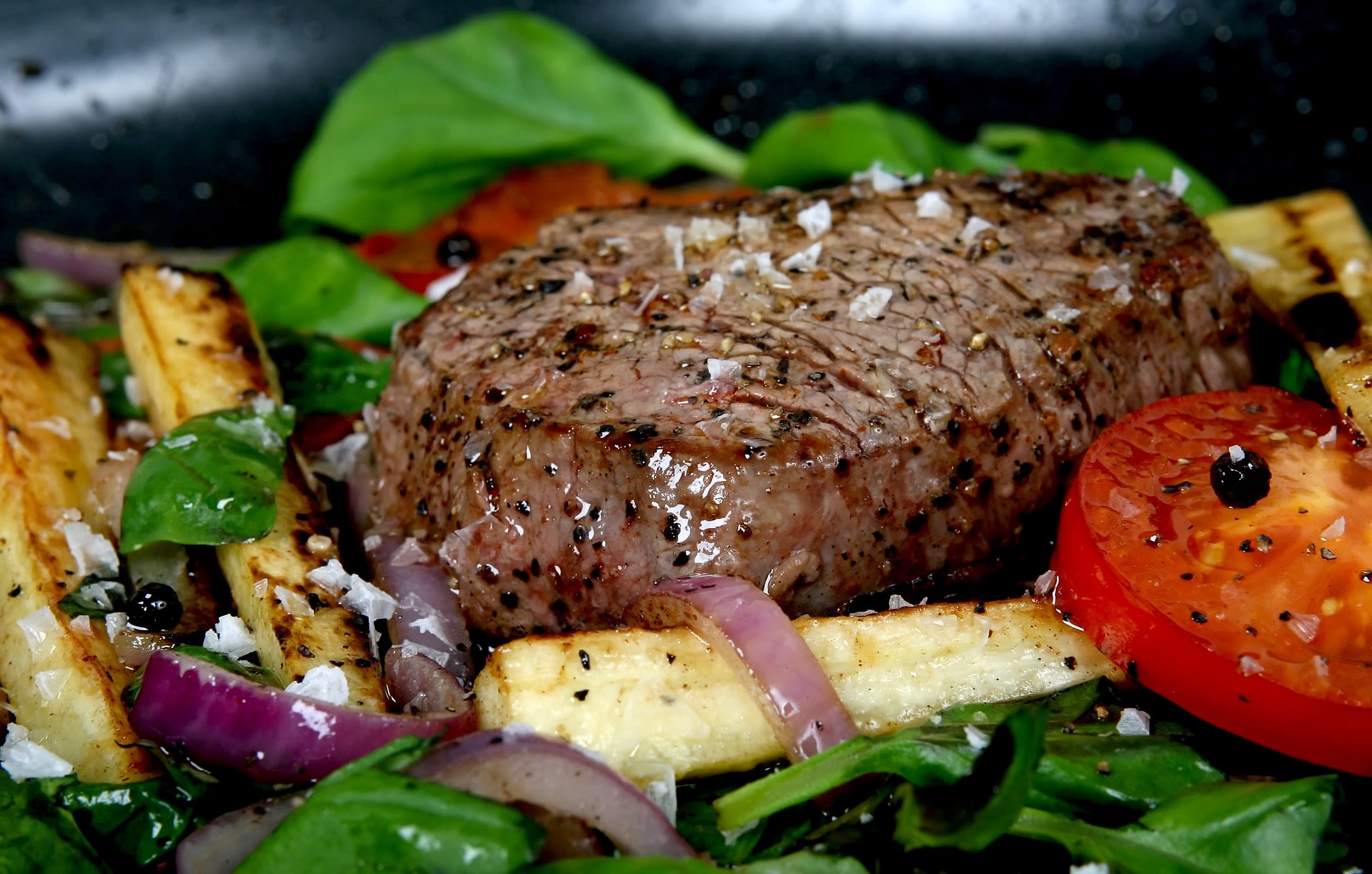
Images:
- Dr Mark Kotter (Nick Saffell, University of Cambridge)
- Curious cows (Winniepix)
- Meat (Winfried Mosler)
- Steak (moreharmony)
